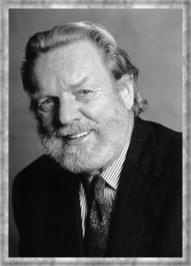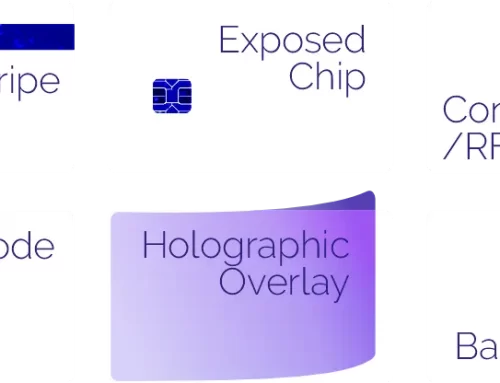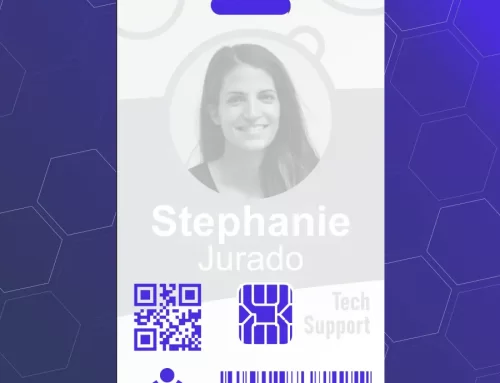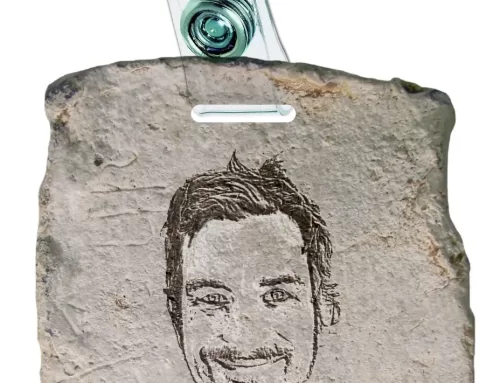In 1981 John Naisbitt published a blockbuster book called Megatrends. Of the 10 major trends he identified, one, which he called “High-Tech High-Touch”, was so profoundly important that it led to the publication of a second best-seller, by that exact name, in 1999. We believe that the way InstantCard has operated from its beginning has been very much in line with the principles on which he expounded
Hi, technological service, it’s nice to meet you!
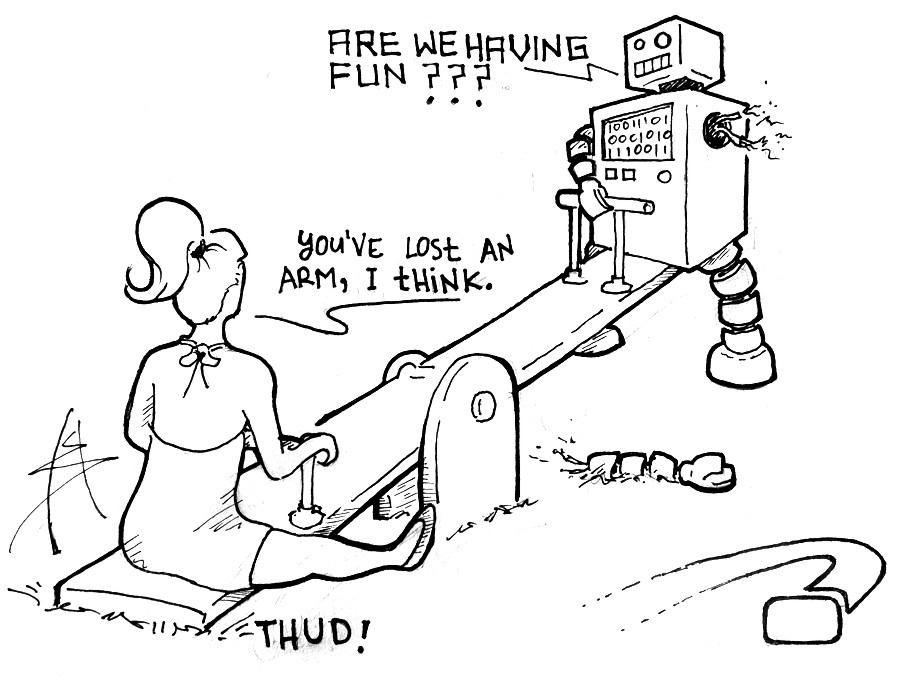
Naisbitt described the critical importance of balancing our increasing dependence on technology with the ongoing need for the human touch. Solutions and services which over-emphasized one, to the detriment of the other, were bound to fail. They key was to realize that neither technology alone, nor unassisted personal services, would survive. His ideas have become ever more clear in the ensuing years, where we see the decline of pure “high-touch” services (like retail or travel agencies), but also the decline of pure “hi-tech” services (like drugstore.com or webvan). Successful long-term services must provide elements of both.
InstantCard has invested very heavily in its technology platform: state-of-the-art cloud services; advanced ID card printing technology; ubiquitous mobile access; etc. But we remain highly committed to a personalized service. We custom-design each and every employee ID card, based on a dialogue with our clients. We love talking to our clients, and actively solicit feedback on how we can better serve them. We handle even minor “special” requests daily. From handling a mis-typed mailing address, walking first-timers through the ordering process, to answering all kinds of “what-if” questions. Our staff places the highest priority on customer service, but knows that they are backed up by best-in-class software systems. There is no substitute for the “personal touch.”
People who use technology are, after all, people.
In fact, our clients correspond exactly to what Naisbitt forecast: the more “high-tech” that humans have, the more “high-touch” they also want. We believe that InstantCard has found the right balance between the two. There are others in our industry who choose to never interact directly with clients, who don’t take phone calls, and who provide an entirely automated experience. There are also those who are completely local, face-to-face, and don’t use technology at all. We believe that neither of these models works as well as a blended approach.
What do you think?
